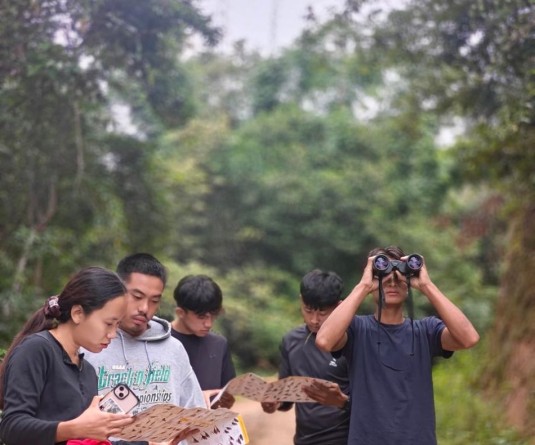
Akang Ao
Genetically Nagas are not Indian. This fact and concept shall continue perpetually. When India attained political freedom Naga have not participated in adoption of its constitution.
Naga people started their political movement as superscripted in the principles and rights of the people of all Nations in various Articles of the charter of United Nations organization, 1945 and universal declaration of Human Rights Act, 1948. Reviewing the implementation of both the above historic Acts by the Nations of the world have embossed further by International Covenant on Civil and political Rights 1966 and placed for signature of participating states at UN Headquarter. India is a solemn signatory to all these International Instruments.
Contrary to Indian misgivings that Nagas have possible been misguided by some outside element of its movement, it has been proved that there is no foreign motivation.
Nagas do not have much reason to be overjoyed over the provisions of Article – 371 A of Indian Constitution. The states of Sikkim, Mizoram and Arunachal Pradesh too have the same special provision vide Article 371 F, 371 G and 371 H respectively. These provisions may be simply equated with the exemption granted to Sikh pillion rider the use of helmet because of their turban basing their custom and usage.
The drafting Committee of the Constituent Assembly mooted the system of double Government of Indian Republic and the people of India so adopted its Constituent Federal (Central) and unitary (State Provincial) nature of Govt. on 26th January 1950.
In the light of the above principles and spirit of the Constitution, higher powers of Legislation, judiciary and Executive have been provided to the Parliament, Supreme Court and Central Executive.
1. In the field of Legislation as indicated in the “seventh schedule” (Article 246) the law made by the state legislature shall be suspended in favour of law made by Parliament on the ground of ultra-virus and repugnancy thereby prevail the law made by the Parliament.
2. Looking at the function of judiciary, Article 141 of the Constitution State that law declared by supreme Court to be binding on all courts in the Indian republic. It has both original and appellate jurisdiction. Supreme Court can stayed the law and order declared by all High Courts.
Further, Article 142 of the Constitution declared the instrument of decrees and order of the Supreme Court and orders as to discovery etc.
3. In the same analogy, Central Executive of the Indian Republic have been vested with an unlimited powers to exercise as much as it has provided in all administration in Article 300 A the “Doctrine of Eminent Domain”.
We appreciate the Central Government for consulting the states of Assam, Manipur and Arunachal Pradesh over Naga issue. But consultation should not be a means to an end. If Centre have a deal with the State of Tamil Nadu for instance, may as a good gesture consult the States of Karnataka and Andra Pradesh but finally provides what Tamil Nadu deserves.
It is considers a designated opportune time now both for Government of India and Naga people to strike a chord with a change of tone. Our neigbours Karbis and Bodos are appears to be wiser than Naga people as they had already entered into certain sundries agreement with GOI where as Naga page is blank beyond 1960. Had the scheme “No Election No Solution” as launched by the erstwhile Nagaland People’s Council in 1998 happened to a success with the support of other political party, a turning point towards Naga political movement might have been made.
It would be most appropriate occasion today to reiterate the same agenda with improved social atmosphere sacrificing a career and a chair not as priority but Naga political solution.
On 20th February 1947, Mr Attlee, the then Prime Minister of England made clear that his majesty’s Government wished to hand over the responsibilities of political power to the Indians. He also declared that Legislation would be enhanced to give effect to the final transfer of power.




